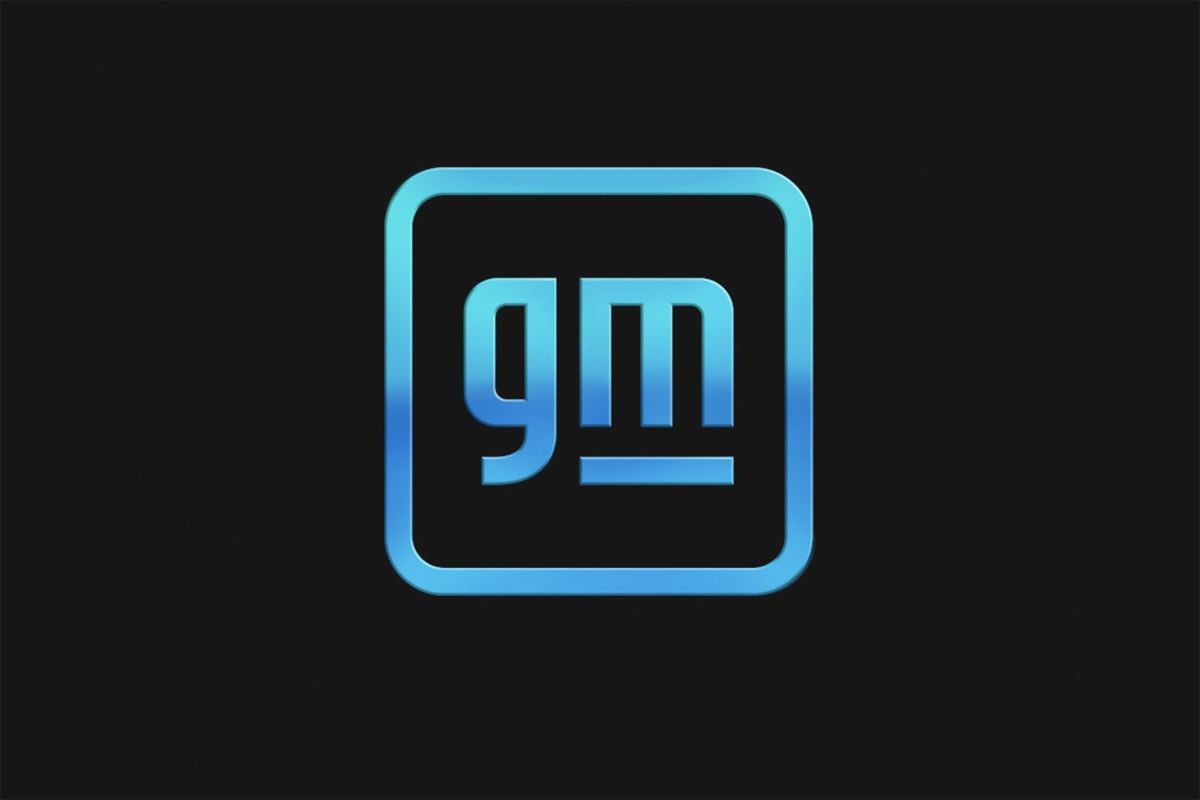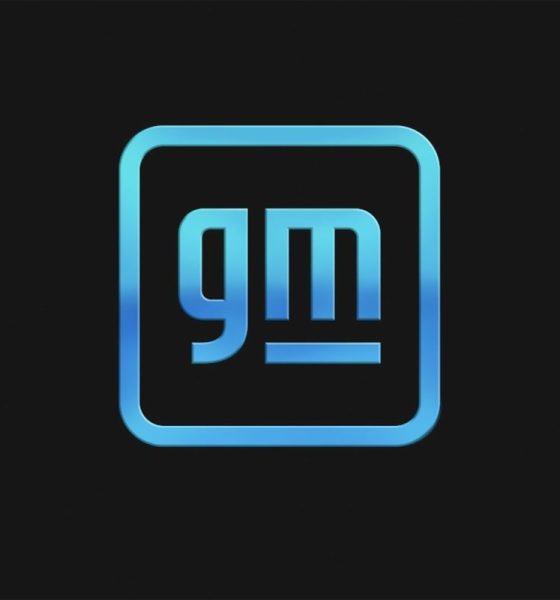General Motors (GM) is said to be ending its Ultra Cruise driver assistance program, after years of the technology being called a potential rival to Tesla’s Full Self-Driving (FSD) beta.
As GM attempts to correct issues with its separate self-driving company Cruise following an October accident, the automaker has also been reallocating spending and considering the path forward for its own semi-autonomous driving programs. According to two sources familiar with the matter in a report from CNBC, GM is now ending its Ultra Cruise project after expectations that the system was to launch in the U.S. last year have come and gone.
One of the sources said GM will end the Ultra Cruise program to instead put energy into developing the Super Cruise system, rather than featuring two different ADAS systems with separate naming conventions. While it wasn’t directly commented on, this point seems to have been highlighted by one GM executive in response to the initial report.
“GM continues to expand access to and increase the capability of Super Cruise, our advanced driver assistance technology,” said Darryll Harrison Jr., GM’s VP of Global Tech Communications, in a statement to CNBC, though he declined to comment on Ultra Cruise. “Our focus remains on safely deploying this technology across GM brands and more vehicle categories while expanding to even more roads.”
At the time of writing, GM has not responded to Teslarati’s requests for further comment.
Not to be confused with GM’s more limited Super Cruise system, Ultra Cruise was set to be available in the automaker’s premium vehicles, while the former was being developed for economy-level products. Ultra Cruise was going to offer hands-free driving and a wider set of areas in which the advanced driver assistance system (ADAS) could be used, and it was eventually expected to become capable of driving the car on its own in 95 percent of cases.
Ultra Cruise was also set to use a combination of long-range cameras and short-range sensors, while the system also uses more computing power than Super Cruise. In addition, Ultra Cruise boasted the use of real-time data to govern automobile control—hence its comparison to the Tesla FSD beta.
GM announced plans to debut Ultra Cruise in its Cadillac Celestiq electric vehicle (EV) in a press release last year, after initially announcing the software in 2021.
“Ultra Cruise will cover more than 2 million miles of roads at launch in the United States and Canada, with the capacity to grow up to more than 3.4 million miles,” wrote in its original announcement of the product. “Customers will be able to travel truly hands free with Ultra Cruise across nearly every road including city streets, subdivision streets and paved rural roads, in addition to highways.”
Another similarly named arm of GM, its subsidiary Cruise, has recently been facing significant scrutiny, after the GM-owned company had one of its self-driving vehicles drag and pin a pedestrian in October.
The aftermath of that incident has caused months-long turmoil at the startup, with multiple executives having left ahead of the company laying off around a quarter of the staff. The company also faces both state and federal investigations into its vehicles’ accident response and technology, and GM has halted production of its Origin self-driving van.
During an Automotive Press Association last month, GM CEO Mary Barra said the company was “very focused on righting the ship” at subsidiary Cruise.
GM expands Super Cruise hands-free driving to full-size SUVs
What are your thoughts? Let me know at zach@teslarati.com, find me on X at @zacharyvisconti, or send your tips to us at tips@teslarati.com.

News
Tesla FSD fleet is nearing 7 billion total miles, including 2.5 billion city miles
As can be seen on Tesla’s official FSD webpage, vehicles equipped with the system have now navigated over 6.99 billion miles.

Tesla’s Full Self-Driving (Supervised) fleet is closing in on almost 7 billion total miles driven, as per data posted by the company on its official FSD webpage.
These figures hint at the massive scale of data fueling Tesla’s rapid FSD improvements, which have been quite notable as of late.
FSD mileage milestones
As can be seen on Tesla’s official FSD webpage, vehicles equipped with the system have now navigated over 6.99 billion miles. Tesla owner and avid FSD tester Whole Mars Catalog also shared a screenshot indicating that from the nearly 7 billion miles traveled by the FSD fleet, more than 2.5 billion miles were driven inside cities.
City miles are particularly valuable for complex urban scenarios like unprotected turns, pedestrian interactions, and traffic lights. This is also the difference-maker for FSD, as only complex solutions, such as Waymo’s self-driving taxis, operate similarly on inner-city streets. And even then, incidents such as the San Francisco blackouts have proven challenging for sensor-rich vehicles like Waymos.
Tesla’s data edge
Tesla has a number of advantages in the autonomous vehicle sector, one of which is the size of its fleet and the number of vehicles training FSD on real-world roads. Tesla’s nearly 7 billion FSD miles then allow the company to roll out updates that make its vehicles behave like they are being driven by experienced drivers, even if they are operating on their own.
So notable are Tesla’s improvements to FSD that NVIDIA Director of Robotics Jim Fan, after experiencing FSD v14, noted that the system is the first AI that passes what he described as a “Physical Turing Test.”
“Despite knowing exactly how robot learning works, I still find it magical watching the steering wheel turn by itself. First it feels surreal, next it becomes routine. Then, like the smartphone, taking it away actively hurts. This is how humanity gets rewired and glued to god-like technologies,” Fan wrote in a post on X.
News
Tesla starts showing how FSD will change lives in Europe
Local officials tested the system on narrow country roads and were impressed by FSD’s smooth, human-like driving, with some calling the service a game-changer for everyday life in areas that are far from urban centers.

Tesla has launched Europe’s first public shuttle service using Full Self-Driving (Supervised) in the rural Eifelkreis Bitburg-Prüm region of Germany, demonstrating how the technology can restore independence and mobility for people who struggle with limited transport options.
Local officials tested the system on narrow country roads and were impressed by FSD’s smooth, human-like driving, with some calling the service a game-changer for everyday life in areas that are far from urban centers.
Officials see real impact on rural residents
Arzfeld Mayor Johannes Kuhl and District Administrator Andreas Kruppert personally tested the Tesla shuttle service. This allowed them to see just how well FSD navigated winding lanes and rural roads confidently. Kruppert said, “Autonomous driving sounds like science fiction to many, but we simply see here that it works totally well in rural regions too.” Kuhl, for his part, also noted that FSD “feels like a very experienced driver.”
The pilot complements the area’s “Citizen Bus” program, which provides on-demand rides for elderly residents who can no longer drive themselves. Tesla Europe shared a video of a demonstration of the service, highlighting how FSD gives people their freedom back, even in places where public transport is not as prevalent.
What the Ministry for Economic Affairs and Transport says
Rhineland-Palatinate’s Minister Daniela Schmitt supported the project, praising the collaboration that made this “first of its kind in Europe” possible. As per the ministry, the rural rollout for the service shows FSD’s potential beyond major cities, and it delivers tangible benefits like grocery runs, doctor visits, and social connections for isolated residents.
“Reliable and flexible mobility is especially vital in rural areas. With the launch of a shuttle service using self-driving vehicles (FSD supervised) by Tesla in the Eifelkreis Bitburg-Prüm, an innovative pilot project is now getting underway that complements local community bus services. It is the first project of its kind in Europe.
“The result is a real gain for rural mobility: greater accessibility, more flexibility and tangible benefits for everyday life. A strong signal for innovation, cooperation and future-oriented mobility beyond urban centers,” the ministry wrote in a LinkedIn post.
News
Tesla China quietly posts Robotaxi-related job listing
Tesla China is currently seeking a Low Voltage Electrical Engineer to work on circuit board design for the company’s autonomous vehicles.

Tesla has posted a new job listing in Shanghai explicitly tied to its Robotaxi program, fueling speculation that the company is preparing to launch its dedicated autonomous ride-hailing service in China.
As noted in the listing, Tesla China is currently seeking a Low Voltage Electrical Engineer to work on circuit board design for the company’s autonomous vehicles.
Robotaxi-specific role
The listing, which was shared on social media platform X by industry watcher @tslaming, suggested that Tesla China is looking to fill the role urgently. The job listing itself specifically mentions that the person hired for the role will be working on the Low Voltage Hardware team, which would design the circuit boards that would serve as the nervous system of the Robotaxi.
Key tasks for the role, as indicated in the job listing, include collaboration with PCB layout, firmware, mechanical, program management, and validation teams, among other responsibilities. The role is based in Shanghai.
China Robotaxi launch
China represents a massive potential market for robotaxis, with its dense urban centers and supportive policies in select cities. Tesla has limited permission to roll out FSD in the country, though despite this, its vehicles have been hailed as among the best in the market when it comes to autonomous features. So far, at least, it appears that China supports Tesla’s FSD and Robotaxi rollout.
This was hinted at in November, when Tesla brought the Cybercab to the 8th China International Import Expo (CIIE) in Shanghai, marking the first time that the autonomous two-seater was brought to the Asia-Pacific region. The vehicle, despite not having a release date in China, received a significant amount of interest among the event’s attendees.










